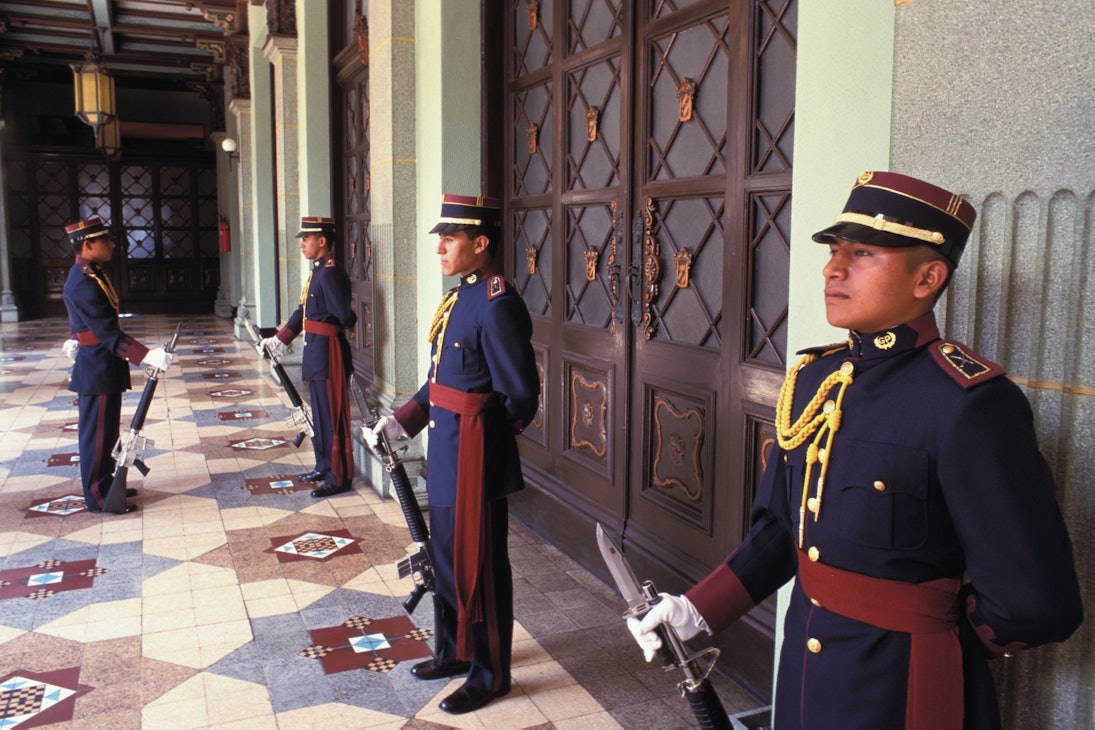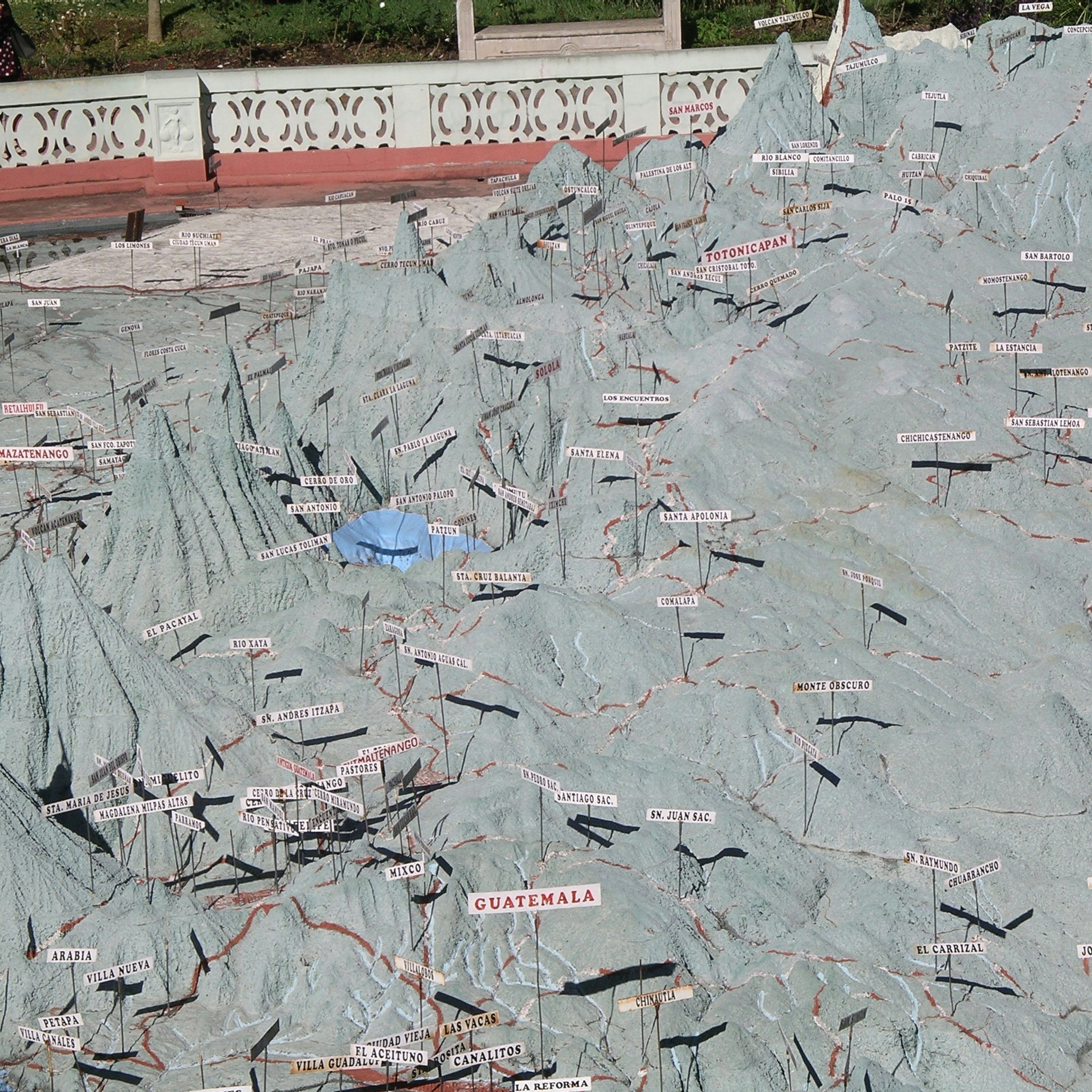

Getty Images/Gallo Images
Overview
Depending on who you talk to, Guatemala City (or Guate as it's also known) is either big, dirty, dangerous and utterly forgettable, or big, dirty, dangerous and utterly fascinating. Either way, there's no doubt there's an energy here unlike anywhere else in Guatemala. It's a place where dilapidated buses belch fumes next to BMWs and Hummers, and where skyscrapers drop shadows on shantytowns.
Plan your trip with Guide, an AI travel planner!
Create a personalized trip itinerary in seconds using artificial intelligence.
Must-see attractions
Planning Tools
Expert guidance to help you plan your trip
Best Things to Do
There’s an undeniable buzz to Guatemala’s capital that you won’t find anywhere else in the country. Here are the best things to do in Guatemala City.
Read full article
Get a book. Get inspired. Get exploring.
in partnership with getyourguide








